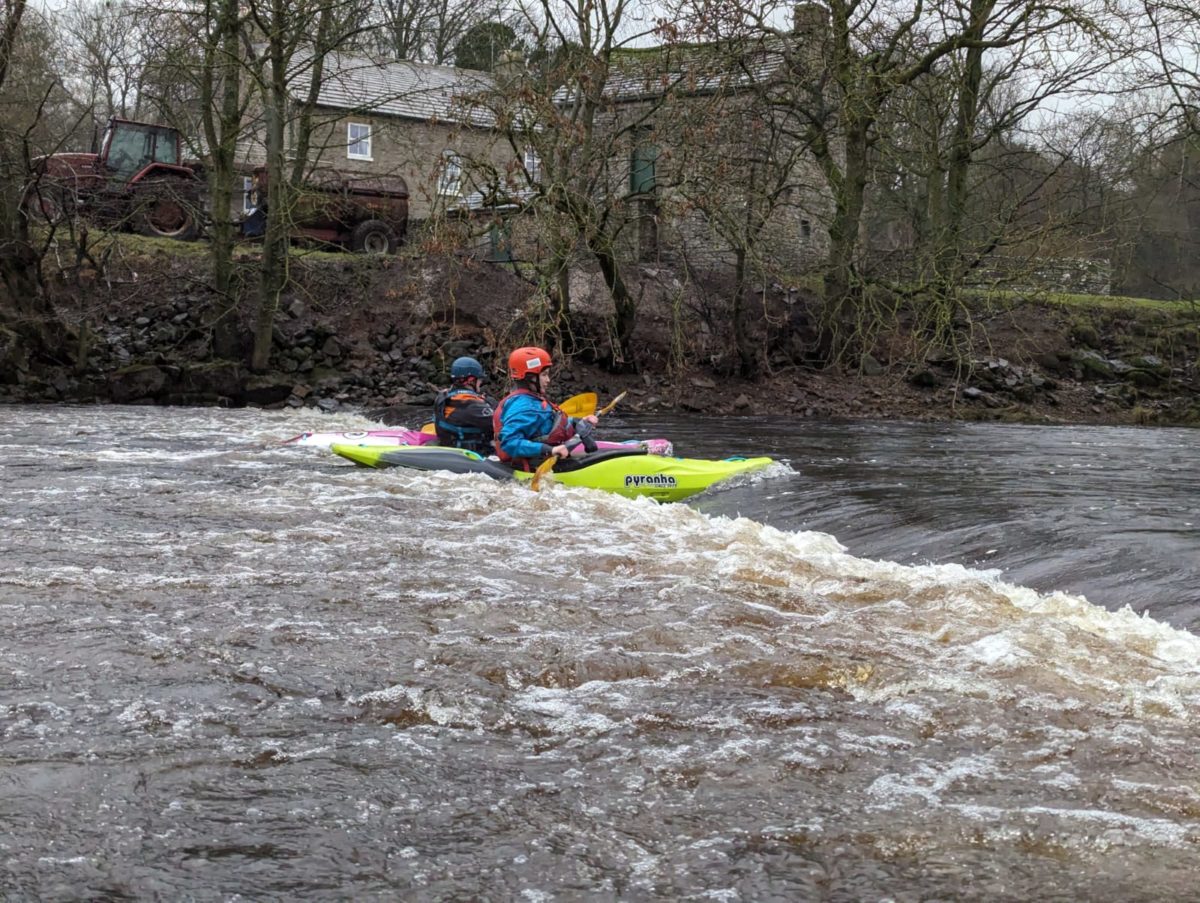It’s that time of year again where the days of indulgence are dwindling and people look to celebrate the new year and the ‘new me’ that comes with it. Setting new years resolutions is a common habit that many of us follow but few of us follow through. Those first few weeks of January are full of optimism, determination and a desire to achieve those new year goals. So why is it that so many of those goals will remain unachieved and new habits forgotten by the end of the year?
This article aims to summarise an effective way to set kayaking specific new year’s resolutions. If you read through to the end, I have also shared one of my own goals with you too.
Why do my resolutions fail and how to address this?
The reasons for why so many new year resolutions fail are simple – the resolutions set are too vague, too many and too hard to maintain. A change in behaviour will only be maintained if it becomes a habit. And a habit can only be established if it is clear to the person what they need to do and how they can do it.
For the last few years I have moved away from classic new year’s resolutions such as ‘be healthier’ or ‘exercise more’ and instead gone with the approach to set three very clear and smart goals. I tend to set these goals to cover different areas of my life and at least one of those goals each year has been kayaking focused.
The term ‘smart goals’ is one many people will be familiar with through their work environments as SMART is an acronym for ‘Specific, Measurable, Achievable, Relevant, and Time-bound’. Whilst I am sure this phrase will be met with eye rolls and deep sighs, it is something I have found to be useful when used in goal setting in your own personal life. If you want to achieve a goal – make it clear what that the achievement of that goal will look like and the steps you need to take in order to achieve it.
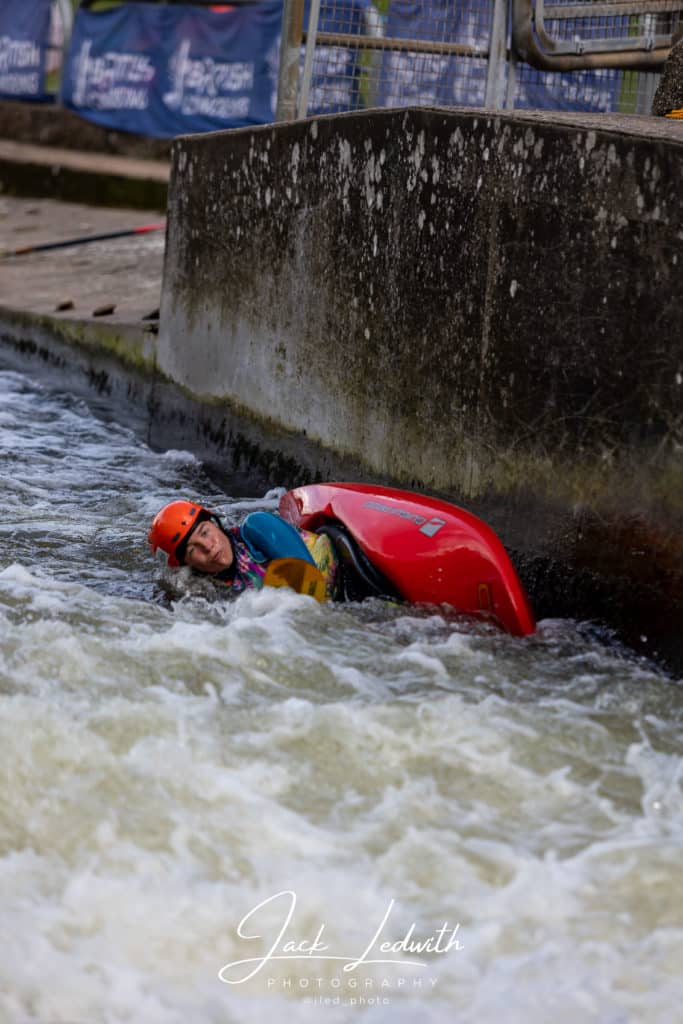
Example new year’s resolutions for kayaking
I’m going to go through three common examples for goal setting for kayaking that kayakers may come up with for their new year resolutions. They are not my personal goals for 2024 but ones that I think are common for kayakers to set themselves. I am using these examples to outline how you can increase your chances of achieving them.
1. ‘I want to kayak more’
‘I want to kayak more’ is the first of the common goals that want to discuss. Whilst in passing that sounds like a great goal; the person who set it wants to do MORE of the activity that they like. However, there are some problems with it. Firstly what is meant by the word more? If you only paddled once in the last year then more might mean getting out on the water twice. If you paddle once a week then more might mean going two or three times a week. ‘More’ is a relative thing which means very little unless defined clearly.
So the first step is to define it! For example if you got out on the water 5 or 6 times in the last year, ‘more’ might mean getting out paddling once a month. So the goal now becomes more specific ‘I want to paddle at least once every month’. Suddenly there is criteria to work with. The trick I have found is not to go too hard with this. It would probably be unrealistic for someone who paddled every 2 months to start paddling every day or every week. There is a likely to be a reason or reasons as to why this person paddled 6 times in a year, such as family or work commitments. They could for example instead start off by increasing that to 12 times in a year and then any additional paddling times can be seen as a bonus.

The next part of goal setting is to outline a clear pathway through which that goal can be achieved. Who will you paddle with? Where will you go? For example, someone local to Nottingham might set themselves the goal to go to a club night at HPP (Nottingham’s local white water course) once a month. Any additional river time might then become a bonus.
One thing I would say with this is to have a back up plan to your main plan. Living in Nottingham, I know that HPP is often flooded out over the winter months and therefore shut. What would the alternative paddle therefore be? Considering the back up plans means they are more likely to be followed through should the first plan not work out.
2. ‘I want to get better at kayaking’
You may be able to spot the issue with this next goal. Yes, you got it, it is too vague! ‘Better’ is a very generalised term to describe an improvement to your kayaking skillset. When I think back to my early days of kayaking, better might have just meant ‘staying in my boat’. Better for me now might still mean ‘staying in my boat’ but in a very different context and set of conditions!
I went on a core coaching course this year with the fabulous Dan Wilkinson and Paul Smith. From this course there is a phrase which has really stuck with me which is ‘what does success look like to you?’ In context of this goal, the question could be asked, what would you have to be able to do in order for you to succeed in ‘being better’? Perhaps there is a specific move you want to achieve or a certain eddy that has evaded you for a while that you wish to get. If you were able to consistently achieve that move or catch that eddy then you could consider yourself ‘better’. Establishing what would define ‘better’ for you is a huge step towards achieving this goal.
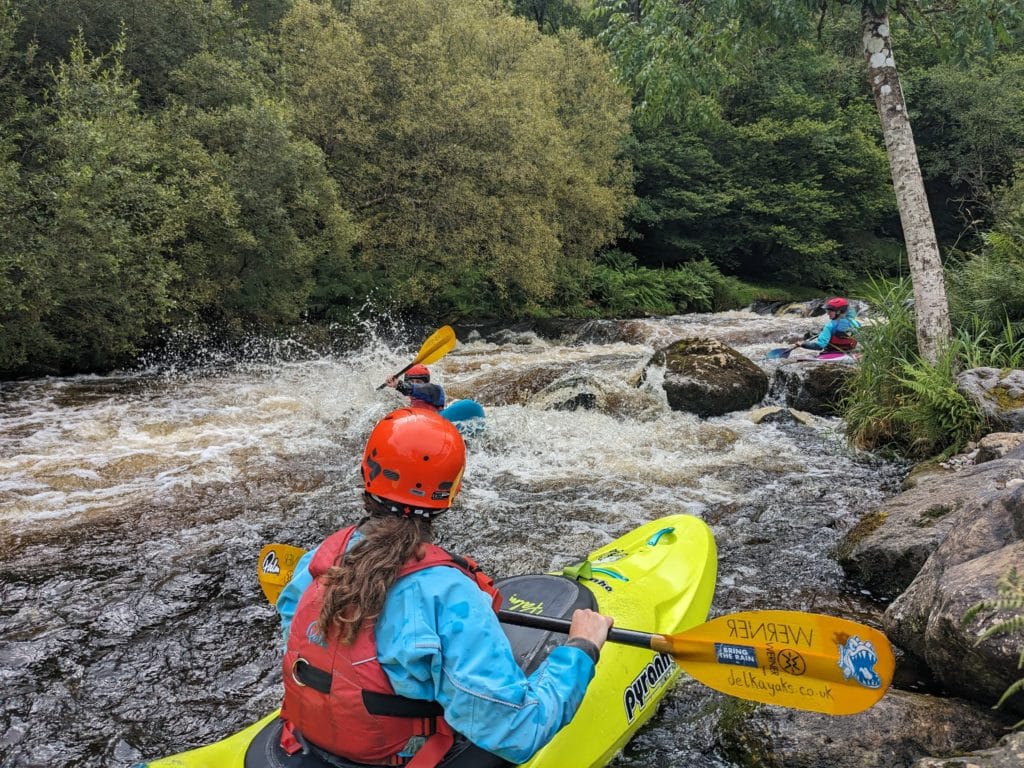
The next question to consider is how will you achieve this? I heard a wonderful statement from a friend who is a slalom paddler recently that has stuck with me. Watching a paddler fail to make an eddy, repeat the rapid and miss the eddy again, he remarked ‘it is odd to think that repeating the same moves would lead to a different outcome’. Doing exactly the same things that you have always done will unlikely lead to a change in the results. So what can you do differently?
Perhaps it is worth investing in some coaching and making clear to the coach what it is that you are aiming for. Perhaps watching online tutorials or seeking feedback from peers will help you to identify what changes you need to make. Either way, seek to understand the changes that are needed before implementing them, and you are more likely to see results.

3. ‘I want to kayak harder rivers’
Paddling harder rivers ironically is a hard goal to define because what does ‘harder rivers’ mean and what does kayaking them achieve? What I believe people usually mean by saying they want to kayak harder rivers is that they want to grow their ability or gain more experience.
If the underlying aim is to grow your ability, then ironically I don’t think that is necessarily achieved by paddling harder rivers! Trying harder moves on easier water is the ideal environment for growing your ability. You are able to push your limits in a safe environment where the consequences if you do not achieve the move are lower. Growing your ability through challenging yourself in easier environments then means that if the opportunity of paddling a stretch of water which is more challenging than water you have already paddled, you are more likely to paddle it well. Coaching is a really good tool to aid with improving your skillset where are encouraged to push yourself in a safe environment. If ever in doubt about how to move forward with your paddling, I would always encourage you to book some time with a coach.
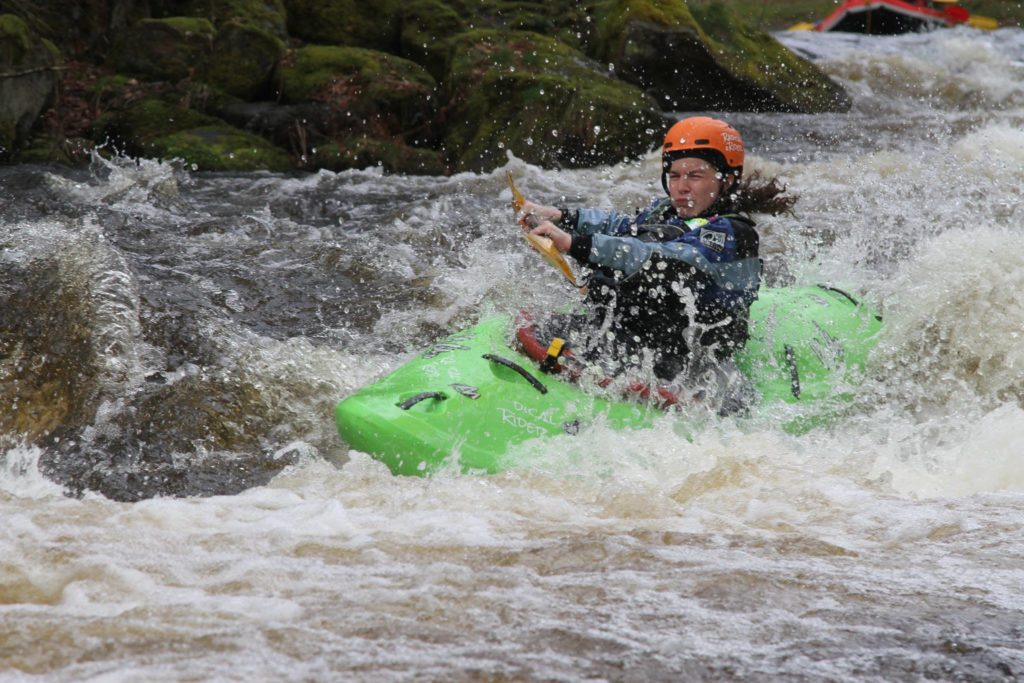
If by saying you want to paddle ‘harder rivers’ you mean you actually want to paddle new rivers or gain new experiences then great! The excitement of paddling a stretch of water that is new to you is part of the reason that white water kayaking is considered an adventure sport.
One way to achieve this is to make sure to compete any research before hand. Read the guide books, talk to peers, make sure to scout new rapids thoroughly and be aware of potential hazards. I also know of many paddlers who will pay for a coach to lead them down a particular river for the first time which is also a very valid way to achieve this. Whenever I see people asking for others to take them down more continuous and challenging rivers (for example the Upper Dart) for the first time, I will often suggest booking with a coach. Having someone who knows the river and has the skillset to lead and support others on it is invaluable.

Final note
Just to reiterate, my top tips for new year’s resolution setting:
- Choose a modest number of goals to focus on for the year, my recommendation is 3.
- Make each goal specific so that you know what success will look like.
- Have a clear plan as to how you will achieve that goal.
One 2024 personal goal for me is to paddle 30 different rivers over the course of the year as a celebration of the year I turn 30! If anyone would like to invite me to come paddle their local run with them this year please do reach out!
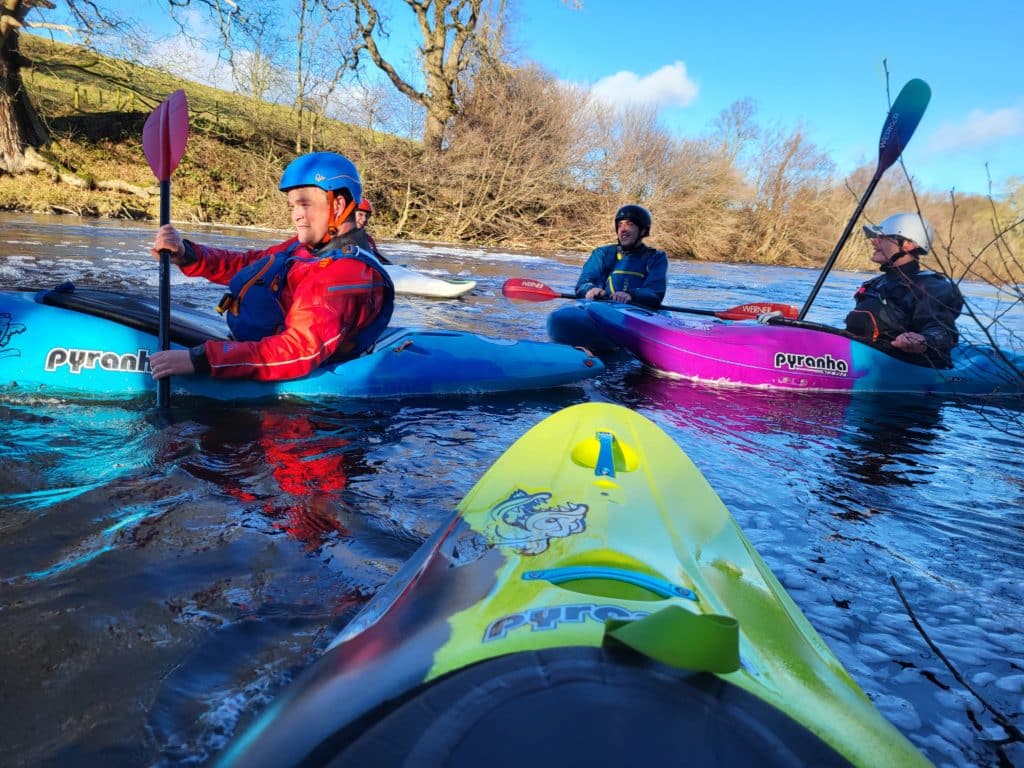
If you would like to share any of your own personal goals with me, please do comment below! Happy new year 2024.
